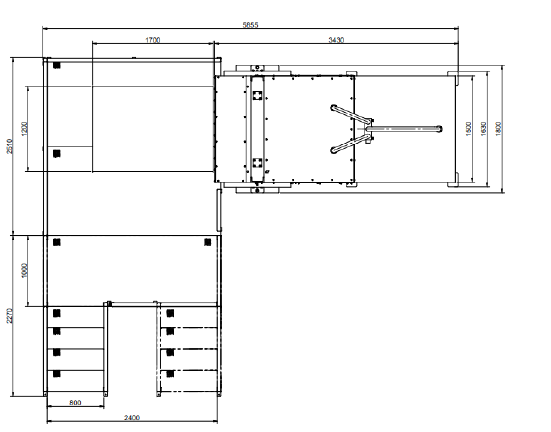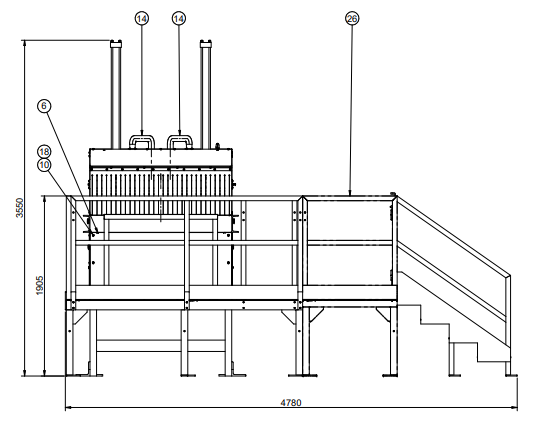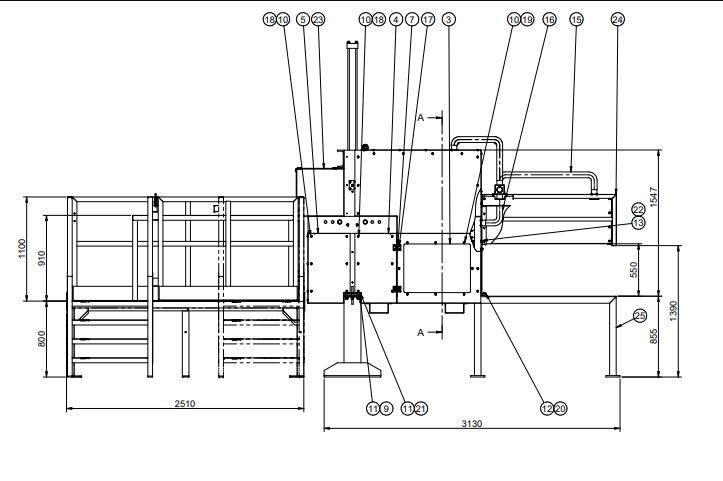WEEE recycling plants, designed for E-waste and electrical scrap WEEE, allows the treatment of small and medium-sized electronic waste with a capacity of up to 300-500 kg/h at the inlet depending on the chosen configuration. MINI LINE WEEE allows the recovery of non-ferrous metals fraction, facilitating manual operations to make more profitable the operations of recycling of electrical and electronic waste. The MINI LINE WEEE has been designed for operators in the recycling industry who want to treat relatively small quantities of WEEE waste but understand the need to mechanize and automate some stages of the process. The MINI LINE WEEE allows to obtain a mix of metals separated from the ferrous fractions and from the plastic fractions. MINI LINE WEEE has been designed to allow the expansion of the system with additional refining and separating devices
More recycling plants designed and manufactured by Stokkermill Recycling Machinery:
- Electrical and electronic equipment and refining lines (WEEE)
- Aluminium processing / refining plants and lines
- End-of-life vehicle (ELV) treatment plants / lines
- Hard-drive treatment lines
- Toner recycling plants and lines
- Solar panels recycling plants and lines
- Fluff treatment lines and lines
- Cable recycling plants and lines
- PCB’s electronic card processing plants and lines
- Coffee capsules recycling plants and lines
- Crushing residues plants and treatment lines















